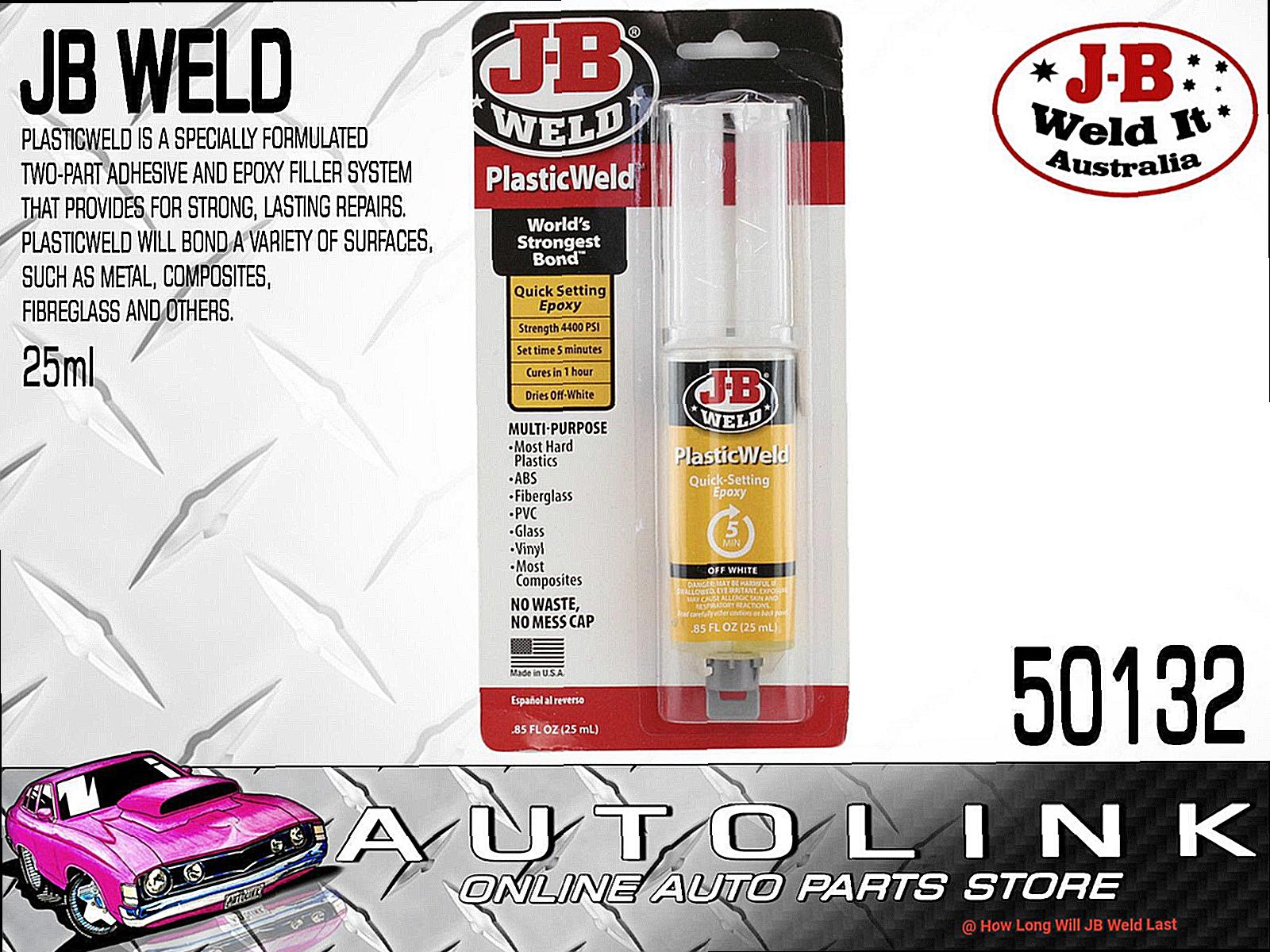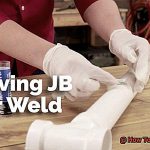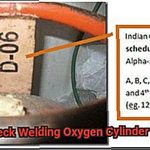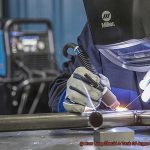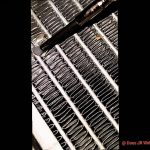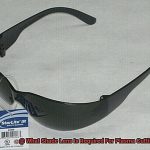Have you ever been in the middle of a DIY project and had an important piece break off? It’s frustrating, to say the least. That’s where JB Weld comes in – a popular adhesive that many turn to for its strength and reliability. But before you jump into using it, you might be wondering: how long will JB Weld last?
Whether you’re a seasoned user or trying it out for the first time, knowing how long your bond will last is crucial. After all, no one wants their hard work to fall apart after a short amount of time. JB Weld is an epoxy adhesive designed for long-lasting and strong bonding, but there are several factors that can affect its lifespan.
The type of JB Weld used, surface preparation methods, and environmental conditions all play a role in determining how long your bond will last. The quality of application is also key – proper mixing and application techniques can greatly impact the durability of your bond.
In this blog post, we’ll dive deep into the world of JB Weld and explore everything from its longevity to tips for getting the most out of it. So if you’re curious about making your bond last or simply want to learn more about this versatile product, keep reading.
What is JB Weld?
Contents
JB Weld is the go-to adhesive for welders and DIY enthusiasts alike. It’s a two-part epoxy adhesive that creates a strong and durable bond when mixed together in equal proportions. Whether you need to repair metal, plastic, wood, or ceramic, JB Weld has got you covered.
But what sets JB Weld apart from other adhesives is its versatility and strength. It can withstand high temperatures, pressure, vibrations, and even exposure to harsh chemicals such as oil and gasoline. This makes it a popular choice for automotive repairs where exposure to these chemicals is common.
One of the unique features of JB Weld is its ability to cure underwater. Yes, you read that right. No more draining pipes or waiting for surfaces to dry – simply apply JB Weld and watch it work its magic. This feature makes it ideal for fixing leaks in pipes or other water-related applications.
Now, you may be wondering how long will JB Weld last? The answer depends on several factors such as the type of JB Weld used, the application, and the environment in which it is used. The original JB Weld can withstand temperatures up to 550 degrees Fahrenheit while JB Weld KwikWeld sets within 4-6 hours and can withstand temperatures up to 300 degrees Fahrenheit.
The longevity of JB Weld also depends on the application it is used for. If it is used for repairing a small crack or hole, it can last for years without any issues. However, if it is used for a heavy-duty application like repairing an engine block, it may not last as long due to constant pressure and heat.
In addition, the environment in which JB Weld is used plays a significant role in its longevity. It may not last as long if exposed to extreme temperatures or harsh chemicals. Similarly, if it is constantly exposed to moisture or water, it may start to break down over time.
Types of JB Weld
Look no further than JB Weld. With its ability to withstand high temperatures, pressure, and harsh chemicals like oil and gasoline, JB Weld is the go-to adhesive for strong and long-lasting repairs on a variety of surfaces. But with so many different types of JB Weld available, which one should you choose?
This versatile adhesive is perfect for bonding metals, wood, plastic, ceramic, and even concrete surfaces. With a tensile strength of 3,960 PSI and the ability to withstand temperatures of up to 550 degrees Fahrenheit, it’s ideal for DIY home repairs and automotive fixes. Whether you need to fix a broken tool or patch up a leaky pipe, the original Cold Weld formula has got you covered.
If you need a fast-setting solution for quick fixes, KwikWeld is the way to go. This formula sets in just six minutes and fully cures in four to six hours. It can bond to metals, wood, plastic, ceramic, and many other surfaces and has a tensile strength of 2,424 PSI. While it can withstand temperatures of up to 300 degrees Fahrenheit, it’s not recommended for high-temperature applications. So if you need a quick fix for a broken toy or a small household repair job, KwikWeld is the perfect solution.
For metal repairs specifically, SteelStik is the go-to formula. Designed for bonding metals like steel, aluminum, brass, copper, and iron, it also works on wood and plastic surfaces.
With a tensile strength of 900 PSI and the ability to withstand temperatures of up to 300 degrees Fahrenheit, SteelStik is perfect for repairing corroded or damaged metal parts.
JB Weld offers specialized formulas for specific applications. If you’re a boater, for example, MarineWeld is ideal for marine repairs and can withstand saltwater exposure.
HighHeat, on the other hand, is designed for high-temperature applications and can withstand temperatures of up to 1,800 degrees Fahrenheit.
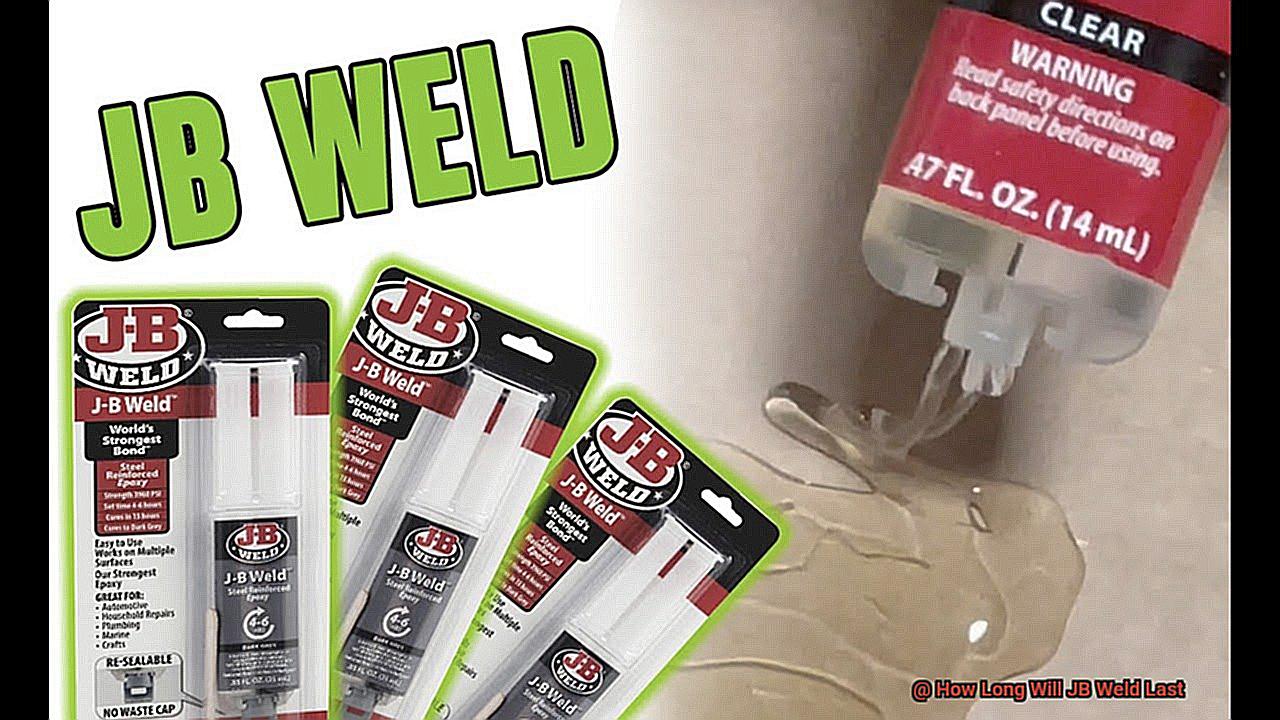
Factors Affecting The Longevity Of JB Weld
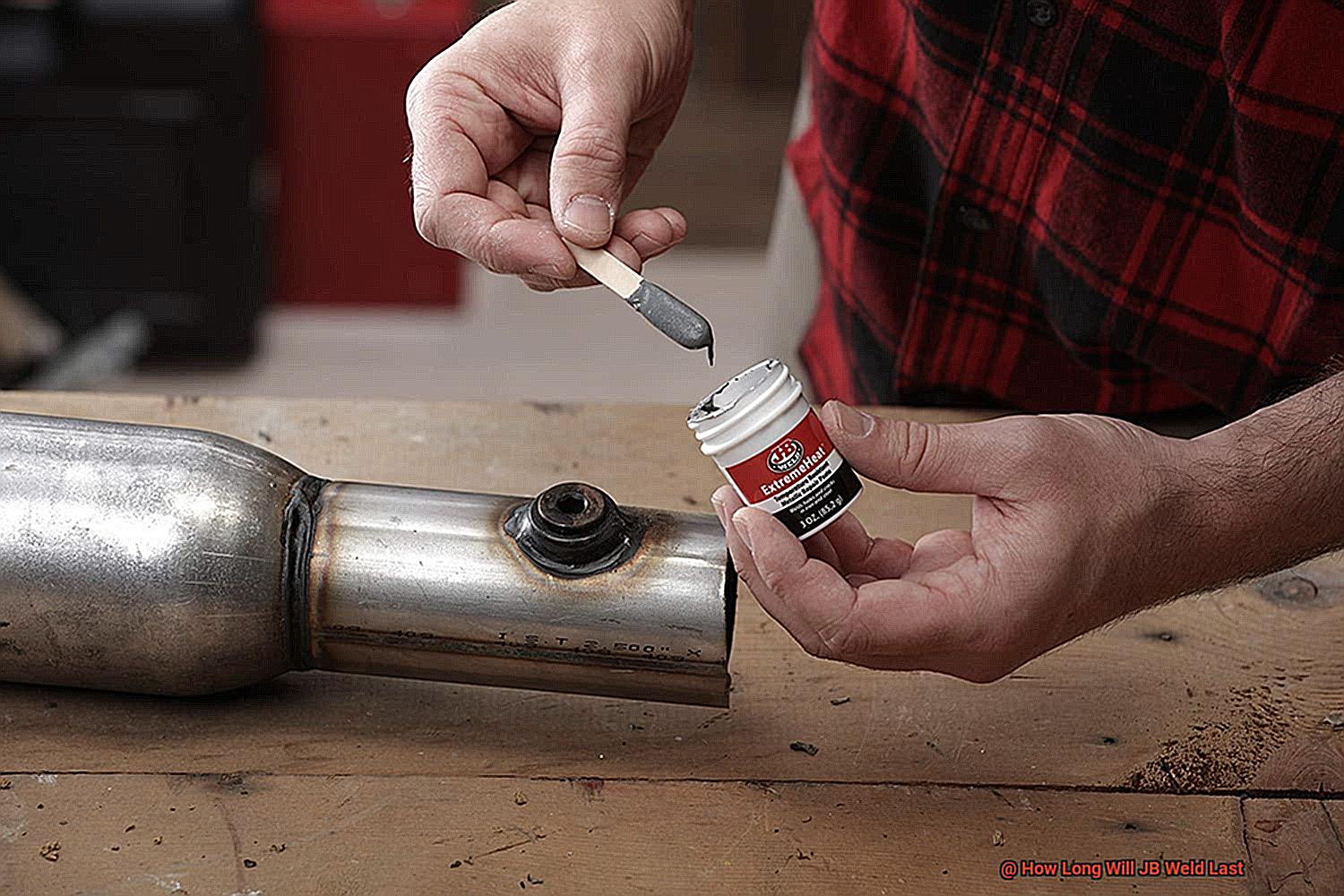
When it comes to JB Weld, proper surface preparation is crucial for a strong and long-lasting bond. Think of it like trying to attach two pieces of paper together with oil or grease in between – it just won’t stick. Similarly, if the surface isn’t clean, dry, and free of any residue, the bond will be weak and won’t last the test of time.
Temperature is another key factor that can affect the strength and durability of JB Weld. Although it’s designed to work in a wide range of temperatures, extreme heat or cold can alter its properties. High temperatures can cause the epoxy to soften or even melt, while low temperatures can make it brittle and prone to cracking.
The type of material being bonded also plays a significant role in the longevity of JB Weld. Some materials are more challenging to bond than others and may require additional preparation or a different type of epoxy. Moreover, some materials expand and contract more than others, which can weaken the bond over time.
Lastly, exposure to certain chemicals can harm the strength and durability of JB Weld. Chemicals such as solvents, acids, and alkalines can weaken the bond and reduce its longevity.
Proper surface preparation, temperature control, appropriate material selection, and avoiding harmful chemicals are key factors that affect the longevity of JB Weld.
How To Ensure Optimal Results When Using JB Weld
JB Weld is a go-to adhesive for those looking to fix anything from a cracked engine block to a broken ceramic vase. However, if you want to ensure your repair lasts as long as possible, there are a few essential steps to follow. Here are five tips to get the most out of your JB Weld:
Surface Preparation
The key to a strong bond is surface preparation. Before applying JB Weld, make sure the surface is free of any dirt, grease, or oil. Use a degreaser or solvent to clean the surface thoroughly, and roughen it up with sandpaper or a wire brush. This will ensure the epoxy has a strong base to cling onto.
Mixing Ratio
It’s crucial to mix the two parts of JB Weld in the correct ratio. Follow the instructions on the packaging carefully to ensure that you get the right consistency. An improper mix can lead to a weak bond that won’t last.
Application
When applying JB Weld, make sure it covers the entire surface that needs repairing. Apply it evenly and avoid using too much pressure, as this can cause air bubbles to form. A smooth and even application will result in a stronger bond.
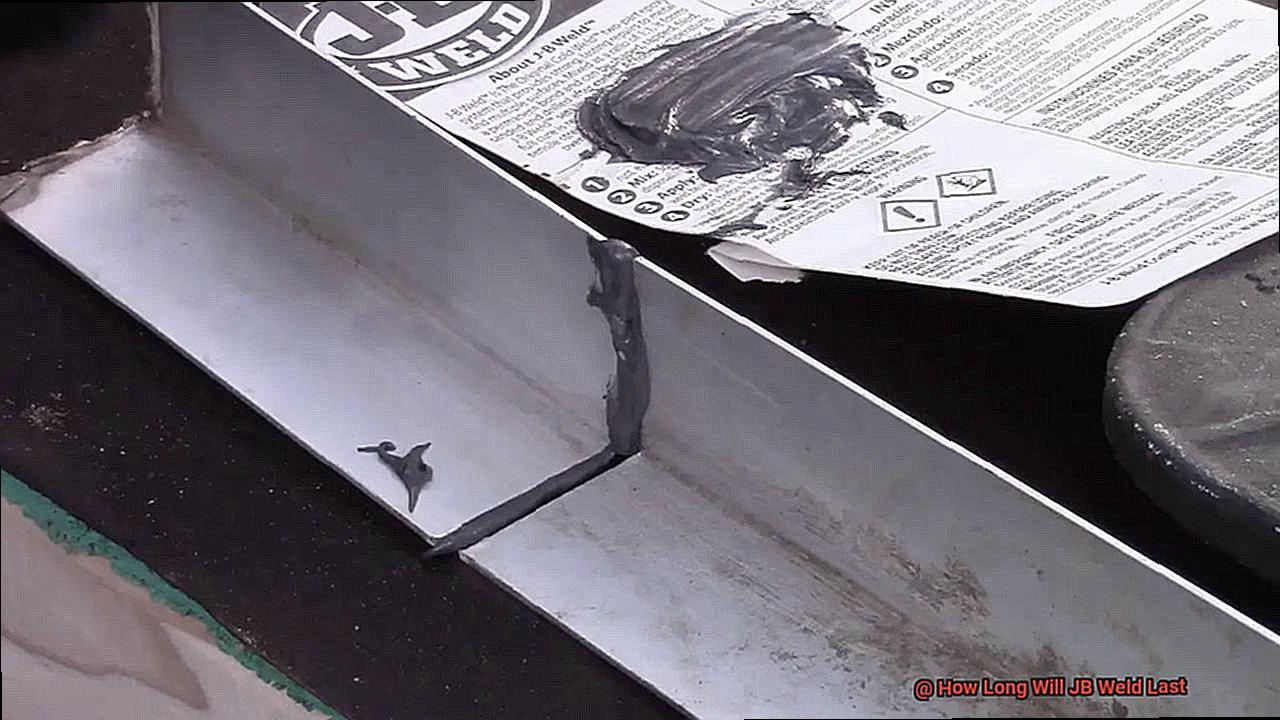
Curing Time
Allowing enough time for JB Weld to cure is vital for optimal results. The curing time can vary depending on temperature and humidity conditions, so check the package for specific instructions. Rushing this step can result in a weak bond that won’t hold up over time.
Temperature Resistance
While JB Weld is resistant to high temperatures, it’s not heat-proof. Avoid exposing it to temperatures above 500°F, as this can weaken its bond and compromise its strength over time.
Tips For Using JB Weld Properly
JB Weld is a popular and effective adhesive that can help you fix almost anything. However, to make sure your JB Weld bond lasts long, you need to use it properly. Here are five tips to help you use JB Weld effectively and achieve a long-lasting bond.
Clean the surfaces thoroughly
Surface preparation is crucial for achieving a strong bond with JB Weld. Make sure to clean the surface thoroughly with a degreaser and sand it down to create a rough surface. This will help the JB Weld stick better and make a stronger bond.
Mix the two parts properly
JB Weld comes in two parts – a resin and a hardener. Always mix them thoroughly in the correct ratio before applying. Follow the instructions on the package carefully. An uneven mixture can lead to an incomplete cure and weak bond.
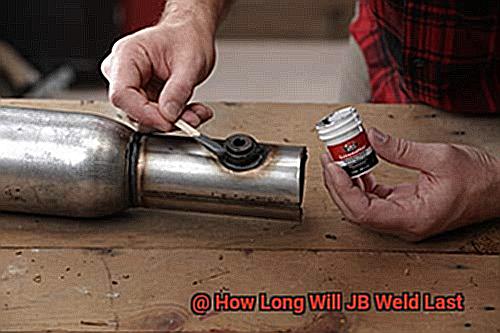
Apply the product evenly
Apply JB Weld evenly to both surfaces being bonded. Use a putty knife or similar tool to spread the product evenly. Ensure that there are no air pockets or gaps between the surfaces being bonded.
Clamp the surfaces together
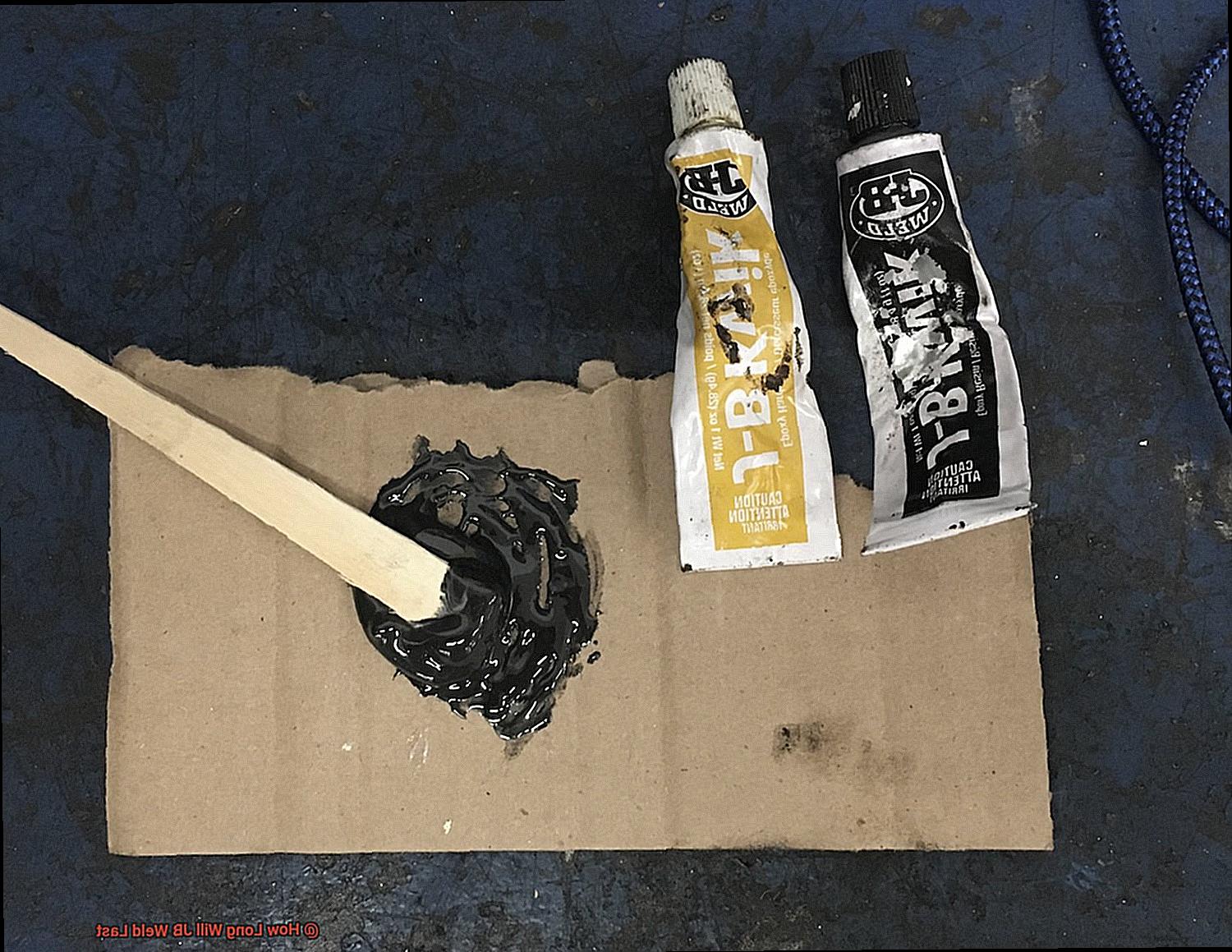
After applying JB Weld, clamp the surfaces together tightly using a vice, C-clamp, or similar tool. This will ensure that a strong bond is formed between the surfaces.
Allow sufficient curing time
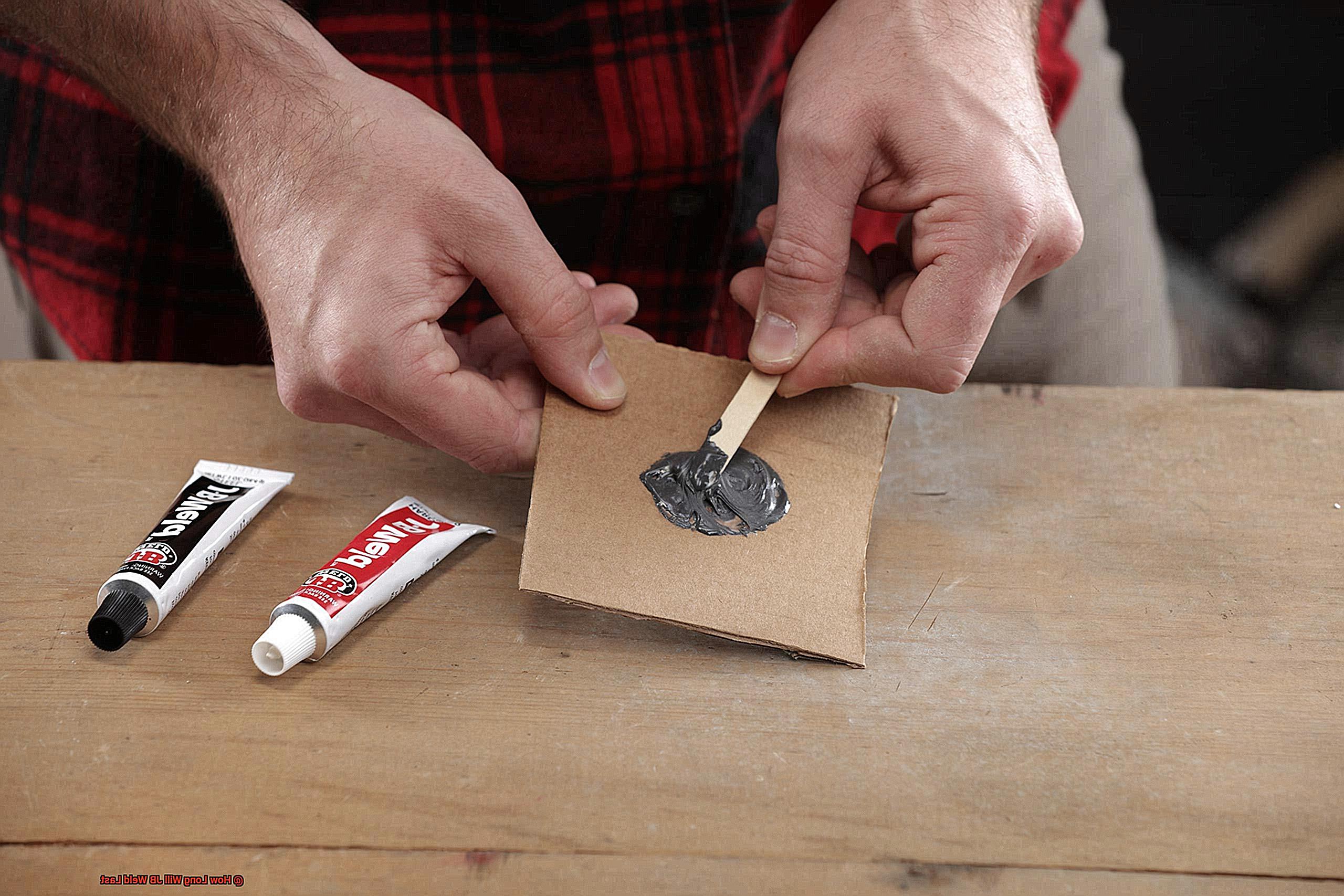
JB Weld takes time to cure properly. Make sure to allow sufficient curing time before using the bonded item. Follow the instructions on the package for recommended curing times. Rushing this process can result in a weak bond that fails quickly.
Furthermore, keep an eye on temperature range. JB Weld has a specific temperature range within which it can be used effectively. Make sure to check the product label for recommendations from the manufacturer before applying it.
Common Mistakes To Avoid When Using JB Weld
Today, let’s talk about JB Weld – the go-to adhesive for those tough repair jobs. However, there are some common mistakes people make when using it that can impact the durability and longevity of the bond.
The first mistake to avoid is improper surface preparation. Not cleaning the surface before applying JB Weld can lead to a weaker bond. Rust, grease, paint, debris – remove them all to ensure maximum adhesion.
Using too much or too little JB Weld is another mistake that can be easily avoided. Using too much can make the bond brittle and weak, while using too little can result in a weak bond that eventually breaks apart. Follow the instructions carefully and use only the amount recommended for your specific job.
Patience is key when it comes to curing time. Rushing the process can weaken the bond. JB Weld takes at least 4-6 hours to cure properly, so give it time to fully set before subjecting it to any stress or strain.
Thoroughly mixing the two components of JB Weld is also crucial for a strong bond. Mix until you have a consistent color and texture; failing to do so can result in an uneven cure and a weaker bond.
Lastly, clamping pressure is essential during curing. If you don’t apply enough pressure, the bond may end up weaker than intended. Clamping pressure helps hold the surfaces together while the JB Weld cures, creating a stronger bond.
RCefQMkSMz4″ >
Conclusion
In summary, JB Weld is a dependable adhesive that can offer long-lasting repairs on various surfaces. However, the lifespan of the bond relies on several factors, such as the type of JB Weld used, surface preparation techniques, and environmental conditions. To ensure maximum durability of your bond, it’s crucial to apply JB Weld correctly by following specific guidelines like surface preparation, mixing ratio, application technique, curing time, and temperature resistance.
Selecting the appropriate JB Weld type for your project is essential since different types cater to specific applications. Proper surface preparation and temperature control are also crucial in ensuring that your bond lasts as long as possible. Additionally, avoiding harmful chemicals during application can help maintain the strength and durability of your bond.
When using JB Weld for repairs or DIY projects, it’s vital to avoid common mistakes that can affect the longevity of your bond. By following recommended guidelines and proper application techniques, you can rest assured that your JB Weld bonds will remain strong and reliable for years to come.
